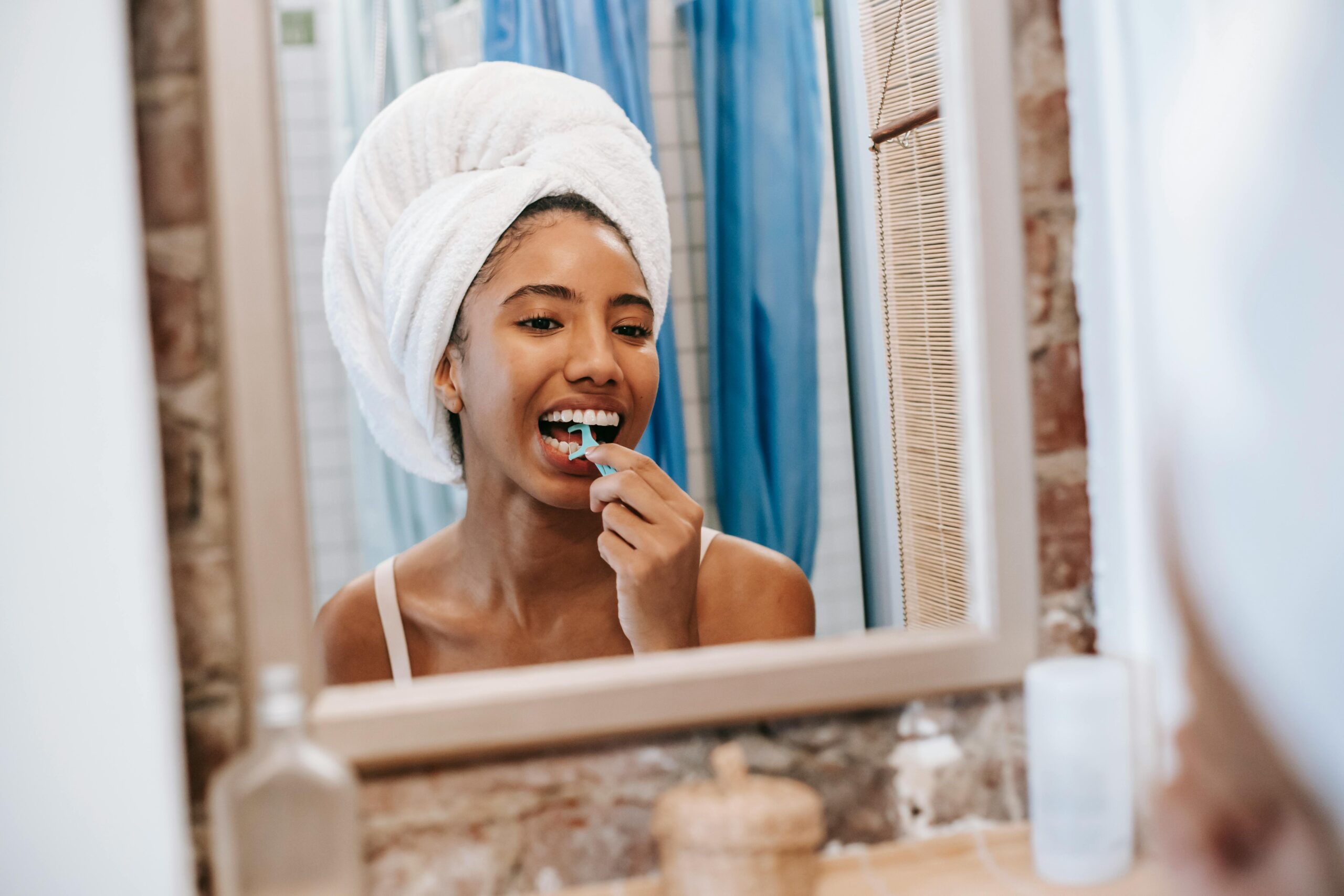Flossing is an essential part of maintaining optimal oral hygiene, yet it’s often overlooked or rushed through in many people’s daily routines. However, understanding the proper technique and benefits of flossing can significantly impact your overall dental health. In this guide, we’ll delve into the importance of flossing and provide you with a step-by-step approach to mastering this crucial aspect of dental care.
Why Is Flossing Important?
Brushing alone cannot reach all the nooks and crannies between your teeth and along the gumline. Flossing helps to remove plaque and food particles from these hard-to-reach areas, preventing the buildup of bacteria that can lead to gum disease, cavities, and bad breath. By incorporating flossing into your daily routine, you can enhance the effectiveness of your oral hygiene regimen and maintain a healthier smile.
Step-by-Step Guide to Proper Flossing Technique
- Choose the Right Type of Floss: There are various types of dental floss available, including waxed, unwaxed, flavored, and tape floss. Choose the type that feels most comfortable for you and effectively fits between your teeth.
- Measure an Adequate Length: Cut a piece of floss about 18 inches long. Wind the ends around your middle fingers, leaving about 1-2 inches of floss to work with.
- Hold the Floss Correctly: Use your thumbs and index fingers to guide the floss between your teeth. Gently glide it back and forth in a sawing motion to ease it between tight spaces.
- Curve Around Each Tooth: Form a C-shape with the floss as you reach the gumline, gently sliding it up and down along the side of each tooth. Be careful not to snap the floss against your gums, as this can cause irritation.
- Use a Fresh Section of Floss for Each Tooth: As you move from one tooth to the next, unwind a clean section of floss from your fingers to ensure effective plaque removal.
- Don’t Forget the Back Teeth: Remember to floss behind your back teeth as well, using a gentle up-and-down motion to clean the sides of each tooth thoroughly.
- Rinse and Repeat: After flossing between all your teeth, rinse your mouth with water to remove any loosened debris and plaque. Dispose of the used floss properly.
By following these steps and making flossing a consistent part of your daily routine, you can significantly improve your oral health and reduce the risk of dental problems in the long run.
Take the Next Step Toward a Healthier Smile
Now that you’re equipped with the knowledge of proper flossing technique, it’s time to put it into practice. Whether you’re a new patient looking to enhance your dental care routine or an existing patient seeking to improve your oral health, we’re here at Dentistry Dunnville, to help. Schedule an appointment with us today, by calling (905) 774-7608, for a comprehensive dental examination and personalized oral hygiene recommendations. Together, we can work towards achieving and maintaining a healthier smile for years to come.


0 Comments